Ford trucks didn’t just haul cargo—they hauled America forward. From dusty backroads to job sites across the country, these rigs put in the work and stuck around to tell the story. This list looks at 15 classic Ford trucks that made a serious impact, whether through game-changing engineering, sheer durability, or cultural staying power. No fluff, no exaggeration—just trucks that earned their stripes. If you’ve ever turned a wrench on one or saw your family build a life around one, you’ll recognize why these Fords aren’t just old metal—they’re milestones.
1. 1925 Ford Model TT
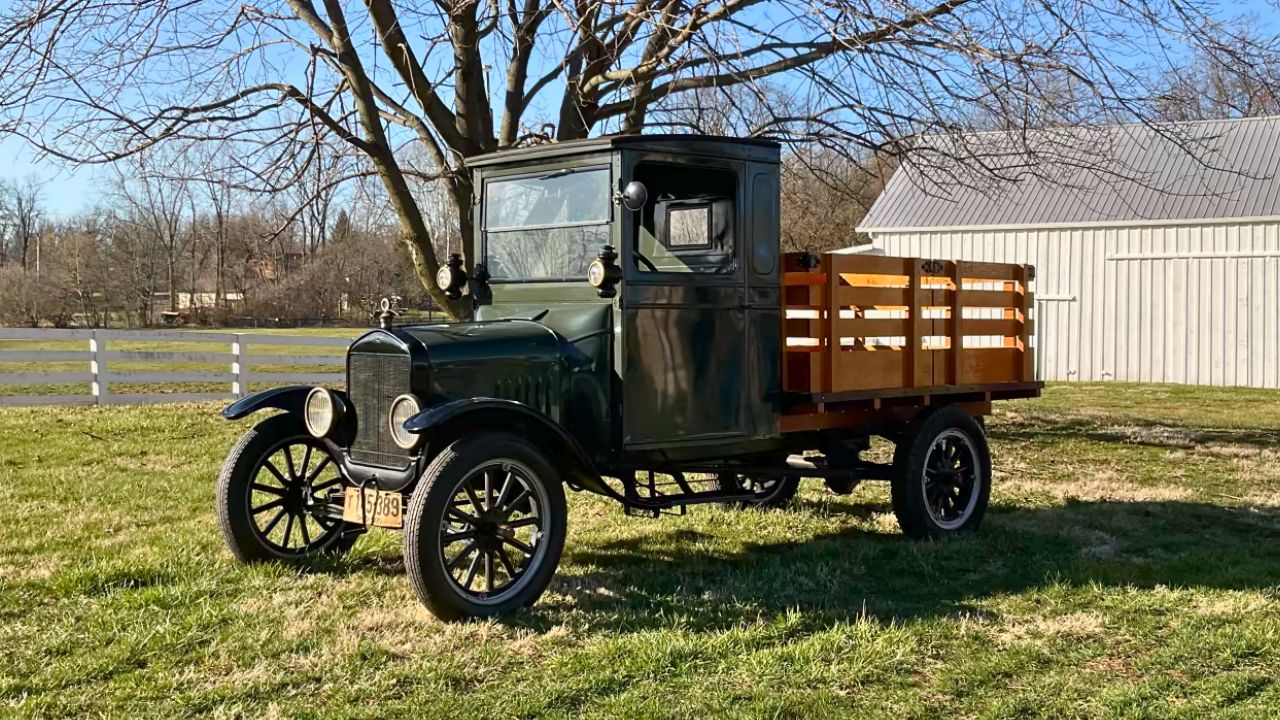
The Model TT was Ford’s first-ever pickup, launched as a beefed-up version of the Model T. With a one-ton payload, solid rear axle, and worm gear drive, it was a practical solution for early farmers and haulers. It had a 20-hp 4-cylinder engine and a top speed around 15 mph—slow by today’s standards but more than enough for the time.
More than 1.3 million were built by 1928, many assembled in regional plants. The Model TT set the stage for what a working truck could be. It wasn’t fancy, but it got the job done when the country needed it most.
2. 1935 Ford Model 50
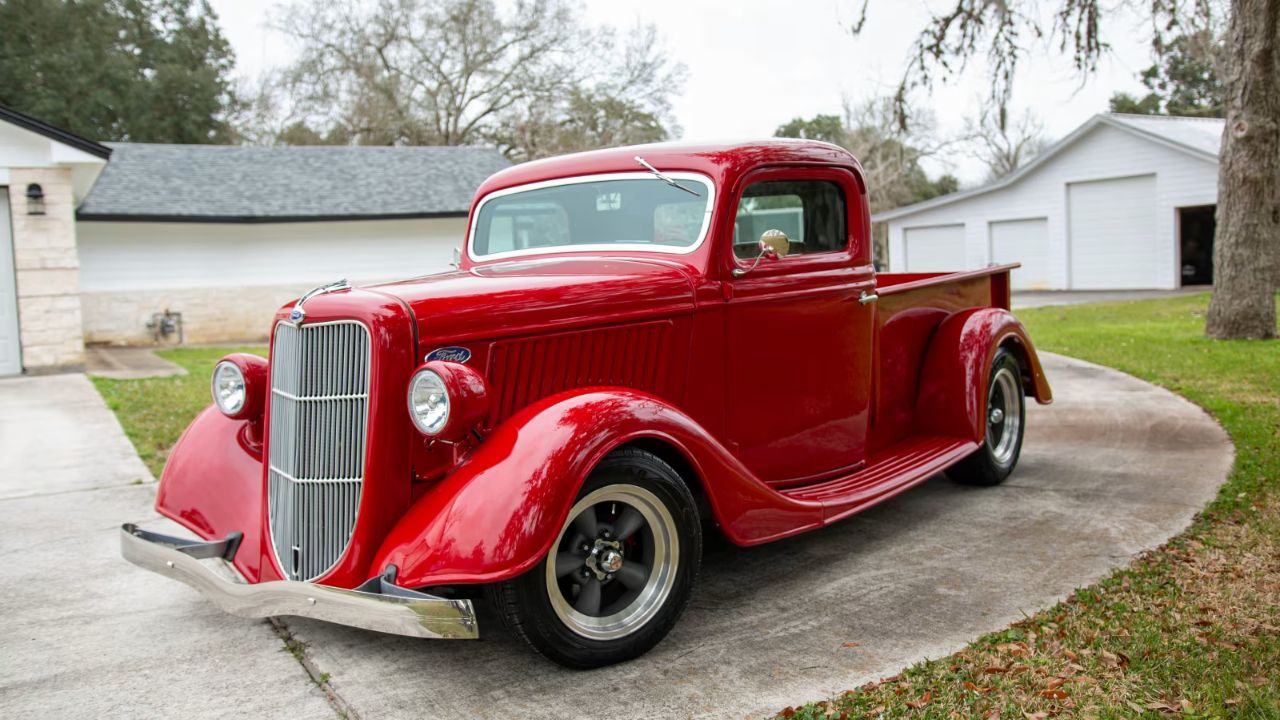
The 1935 Ford Model 50 brought V8 power to working folks. Under the hood was the flathead 221-cubic-inch V8 pushing 85 horsepower—plenty for a half-ton truck in the Depression era. It was built on a passenger car chassis but had a reinforced frame, beefier suspension, and a functional pickup bed.
This truck helped Ford stay competitive as Chevrolet pushed their six-cylinder models. Built in several U.S. assembly plants, the Model 50 had a simple, upright style and lasting durability. It helped redefine what a small truck could do without breaking the bank for tradesmen and farmers.
3. 1948 Ford F-1

The 1948 F-1 kicked off the now-legendary F-Series line. Built on a purpose-designed truck chassis—not a car frame—it featured a wider cab, better suspension, and more practical bed options. You had a choice of a 95-hp inline-six or a 100-hp flathead V8, both with solid torque for the time.
Ford made a big shift with this model, emphasizing comfort and usability along with strength. It rolled out from plants in Michigan, New Jersey, and California. The F-1 was the right truck for postwar America, helping contractors, farmers, and small business owners rebuild the country’s backbone.4. 1953 Ford F-100
4. 1953 Ford F-100

The 1953 F-100 marked Ford’s 50th anniversary and replaced the F-1 with a cleaner look and updated engineering. It came with either a 215-cubic-inch inline-six or a 239-cubic-inch flathead V8. Horsepower ranged from 101 to 106, which, paired with better ride quality and a redesigned frame, made it one of the most usable trucks of its time.
This was also the first year Ford used the “F-100” badge, setting the naming standard for decades. With improved visibility, comfort, and more practical cab space, the ’53 struck a balance between everyday utility and longer-haul comfort.5. 1957 Ford F-100
5. 1957 Ford F-100
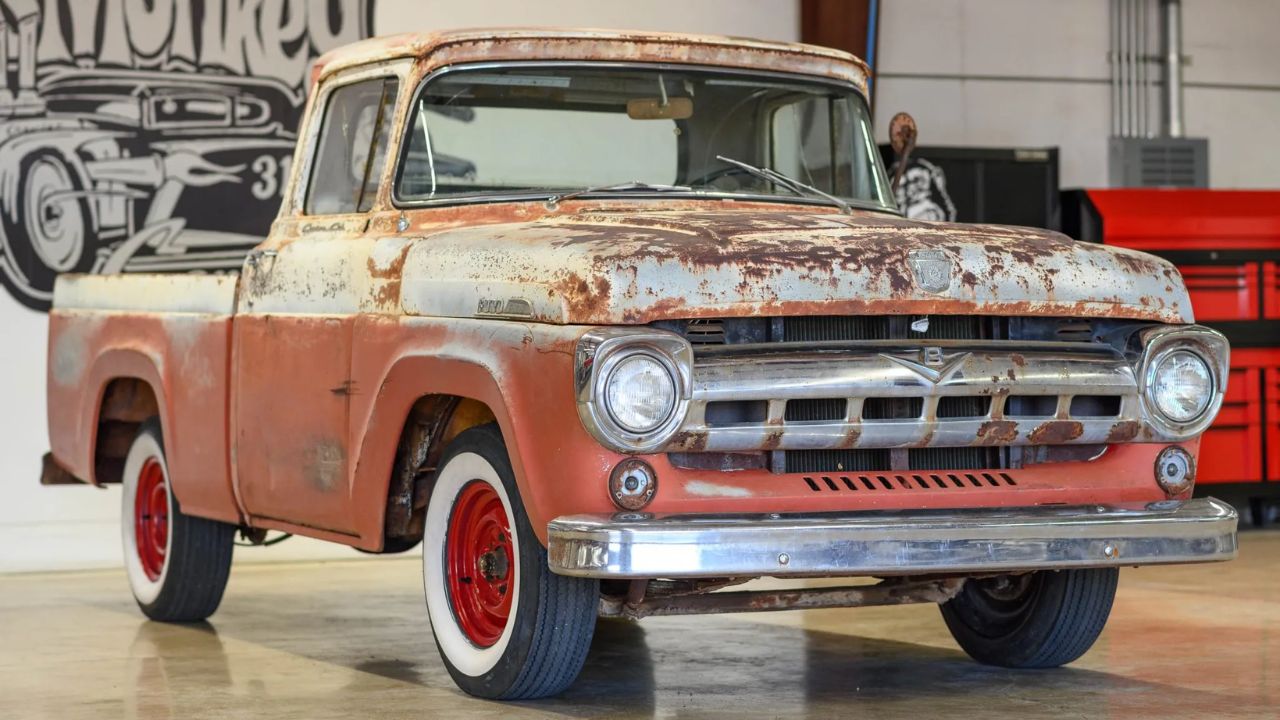
The 1957 F-100 came in with a tougher stance and a wider, squared-off body. Ford dropped the old separate-fender look in favor of integrated styling. Under the hood, buyers could spec a 223-cubic-inch six or a 272 V8 pushing up to 171 horsepower. It also featured a stronger frame and available four-wheel drive for the first time, thanks to a partnership with Marmon-Herrington.
The ’57 was more than just a work truck—it looked modern and worked hard. It was assembled in plants across the U.S., and its cleaner lines helped transition trucks into dual-purpose family haulers.
6. 1961 Ford F-100 Unibody
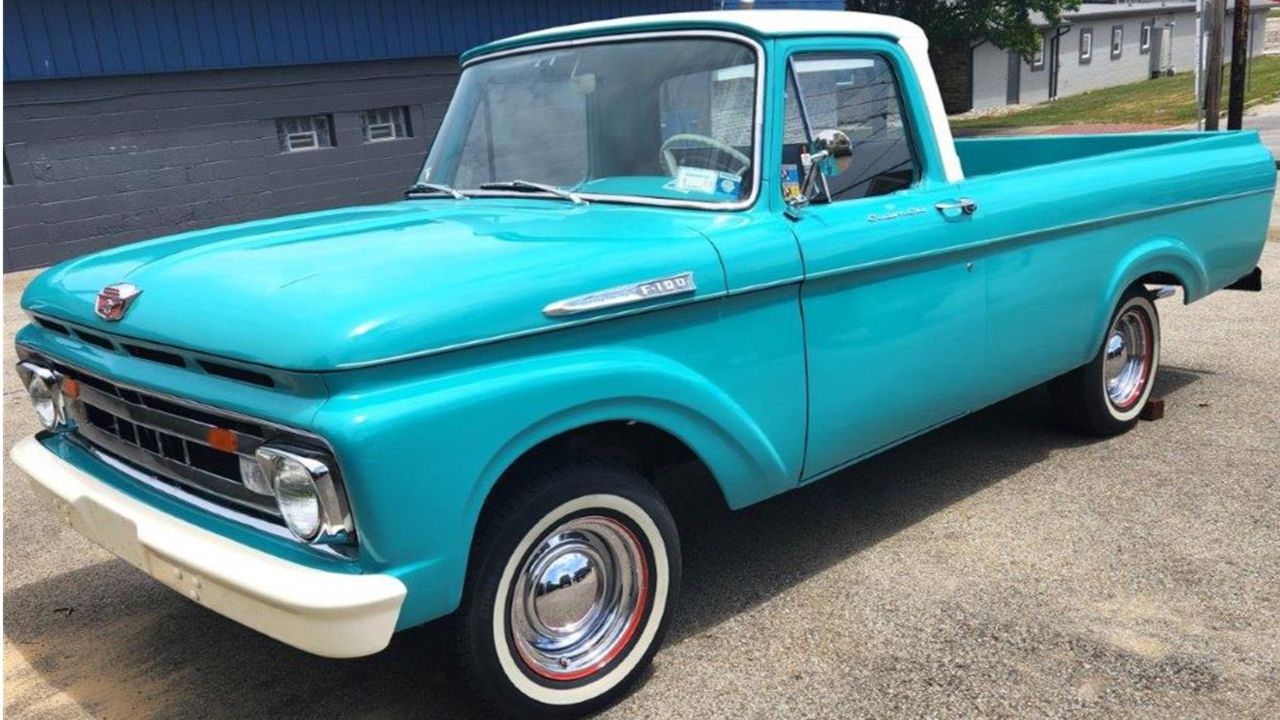
The 1961 F-100 Unibody stood out with its one-piece cab and bed design. Instead of a separate box and cab, it had a seamless look that made it feel more like a car—until you loaded it. Available engines included the 223 inline-six and the 292 Y-block V8, with horsepower hitting the mid-150s. It rode on Ford’s twin I-beam front suspension, improving handling for a light truck.
While the unibody design looked clean, it wasn’t great for serious payloads—twisting under heavy use. Still, it showed Ford’s willingness to experiment and became a cult favorite among custom builders.
7. 1965 Ford F-250

The 1965 F-250 hit a sweet spot for those needing serious hauling power. It carried over the twin I-beam front suspension introduced in ’65 for smoother road manners, even on rough ground. Engine options ranged from the reliable 240 inline-six to the 352 V8 making around 208 horsepower and 315 lb-ft of torque.
This truck was a workhorse on farms and construction sites across America. It offered ¾-ton capability without feeling overbuilt, and the wider range of trim levels gave buyers a choice between bare-bones utility and more comfort. It earned its place in Ford’s growing truck legacy.
8. 1967 Ford F-100

The 1967 F-100 marked the start of the fifth generation and introduced a sharper, more squared-off body style. Underneath, it retained the twin I-beam setup and came with engines ranging from the 240 six-cylinder to the 352 and 390 V8s, with output up to 255 horsepower. It also had a new frame design that made it tougher without sacrificing ride quality.
Built in several Ford plants nationwide, the ’67 was one of the first trucks to seriously blur the line between utility and daily comfort. It was dependable, clean-looking, and quickly became a favorite in rural and suburban America.
9. 1973 Ford F-250 Highboy

The 1973 F-250 “Highboy” earned its nickname from the factory lift and divorced transfer case setup that gave it serious ground clearance. Powered by options like the 360 or 390 cubic-inch V8s, it pushed up to 255 horsepower and had torque to match. With heavy-duty suspension, Dana axles, and solid 4×4 capability, it was a favorite for off-roaders and job sites alike.
The Highboy was built tough before that became marketing lingo. It had presence, capability, and a no-nonsense design that made it iconic. These trucks still fetch attention today for their stance and old-school strength.
10. 1979 Ford F-150
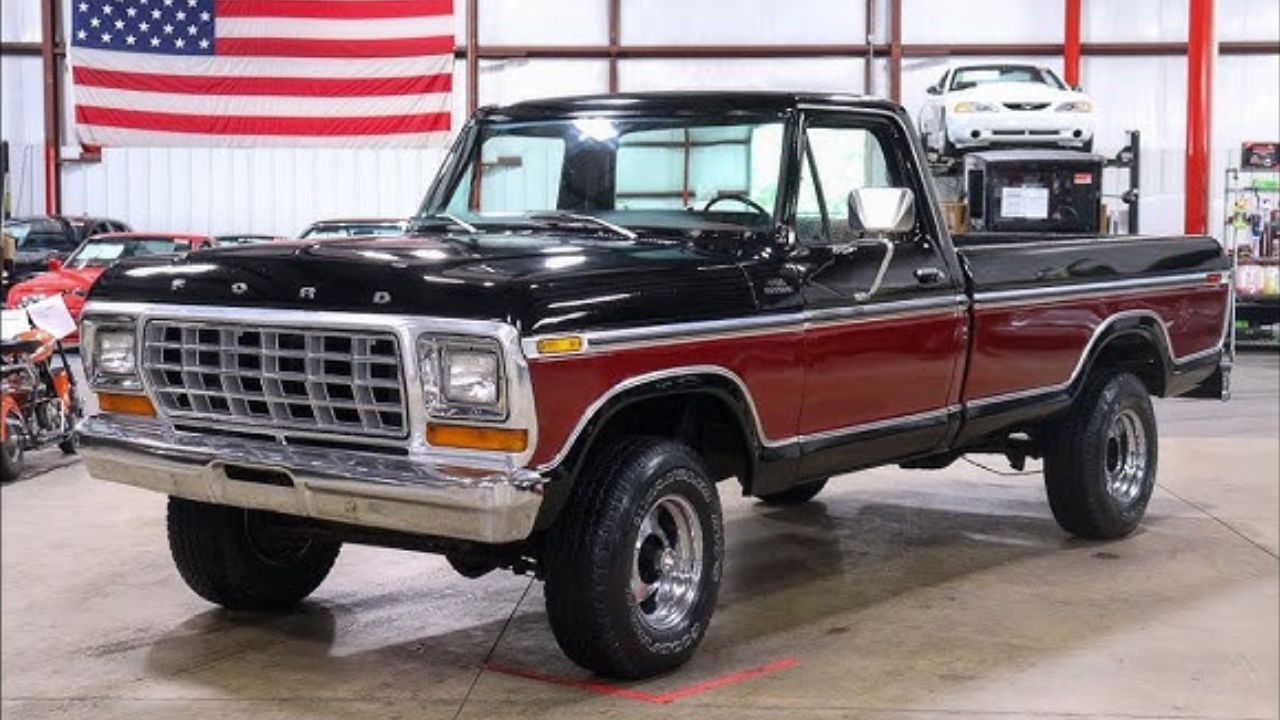
The 1979 F-150 was the first year Ford officially used the “F-150” name, marking a new era for the half-ton pickup. Built on a stronger frame and upgraded suspension, it offered engine choices like the 4.9L inline-six and 5.8L V8, with horsepower topping out around 210. The truck balanced improved ride comfort with serious towing and hauling ability.
This model helped the F-Series cement itself as America’s best-selling truck. It also started appealing more to lifestyle buyers, blending work readiness with daily driving ease.
11. 1987 Ford Bronco
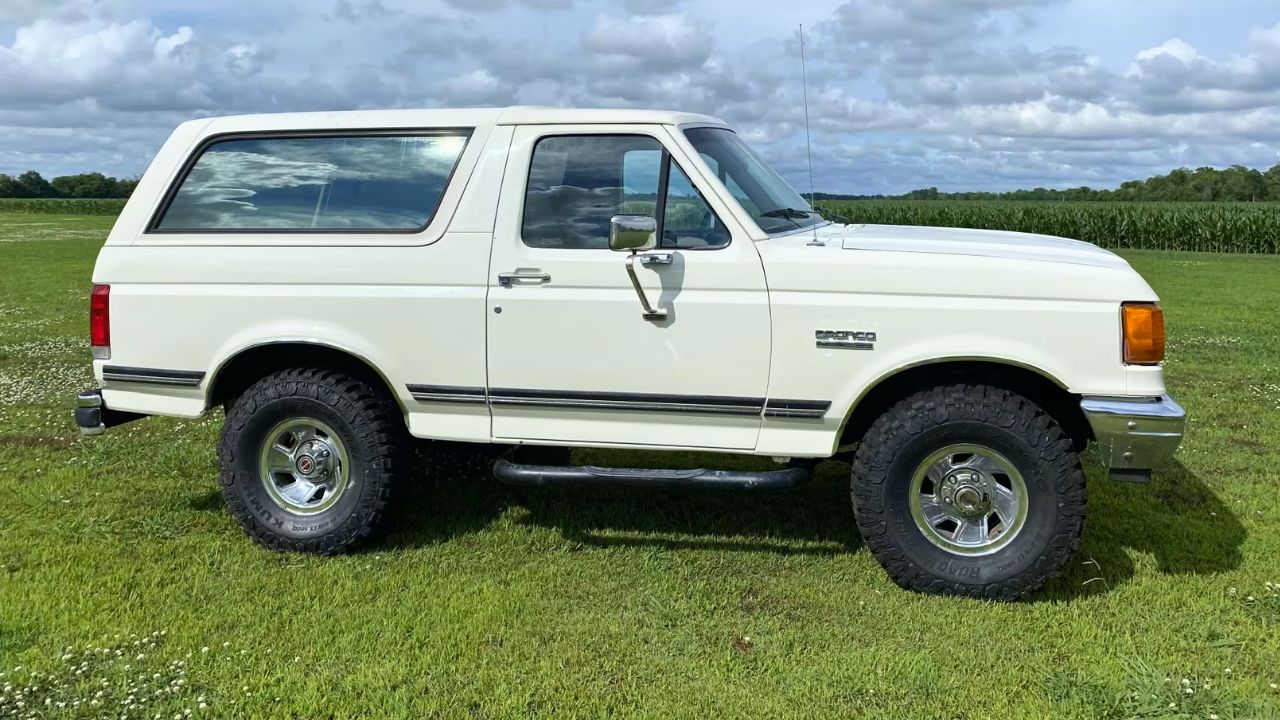
Though technically an SUV, the 1987 Ford Bronco shared rugged truck roots. Built on a shortened F-Series chassis, it featured solid axles front and rear and powerful V8 engines up to 235 horsepower. With coil springs in front and leaf springs in back, it offered strong off-road ability and on-road comfort.
The Bronco’s boxy, muscular look made it an icon for outdoor enthusiasts, hunters, and ranchers. Its versatility and durability earned it a place alongside Ford’s truck legends.
12. 1992 Ford F-350

The 1992 F-350 was a heavy-duty beast designed for serious work. With dual rear wheels, heavy-duty springs, and frame reinforcements, it was ready for towing and hauling the toughest loads. Engine choices included a 7.5L V8 and a 7.3L Power Stroke diesel, making up to 210 horsepower and massive torque.
This generation showed Ford’s commitment to the professional truck market. The ’92 F-350 was as comfortable in construction yards as it was on the highway, bridging work and long-distance hauling.
13. 1997 Ford F-150
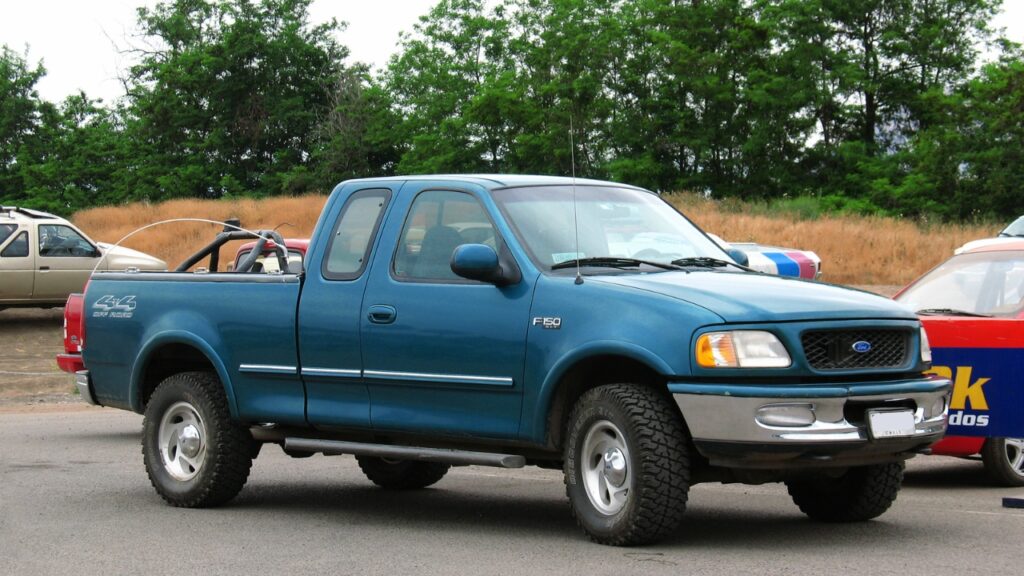
The 1997 F-150 introduced a major redesign that reshaped the half-ton market. Its more aerodynamic body improved fuel economy and aesthetics. Available engines included the 4.2L V6, 4.6L V8, and the powerful 5.4L Triton V8, with horsepower peaking near 260.
The ’97 model further blurred the line between work truck and daily driver. It came with more comfort features and better handling, winning over buyers looking for a truck that could do it all.
14. 2004 Ford F-150
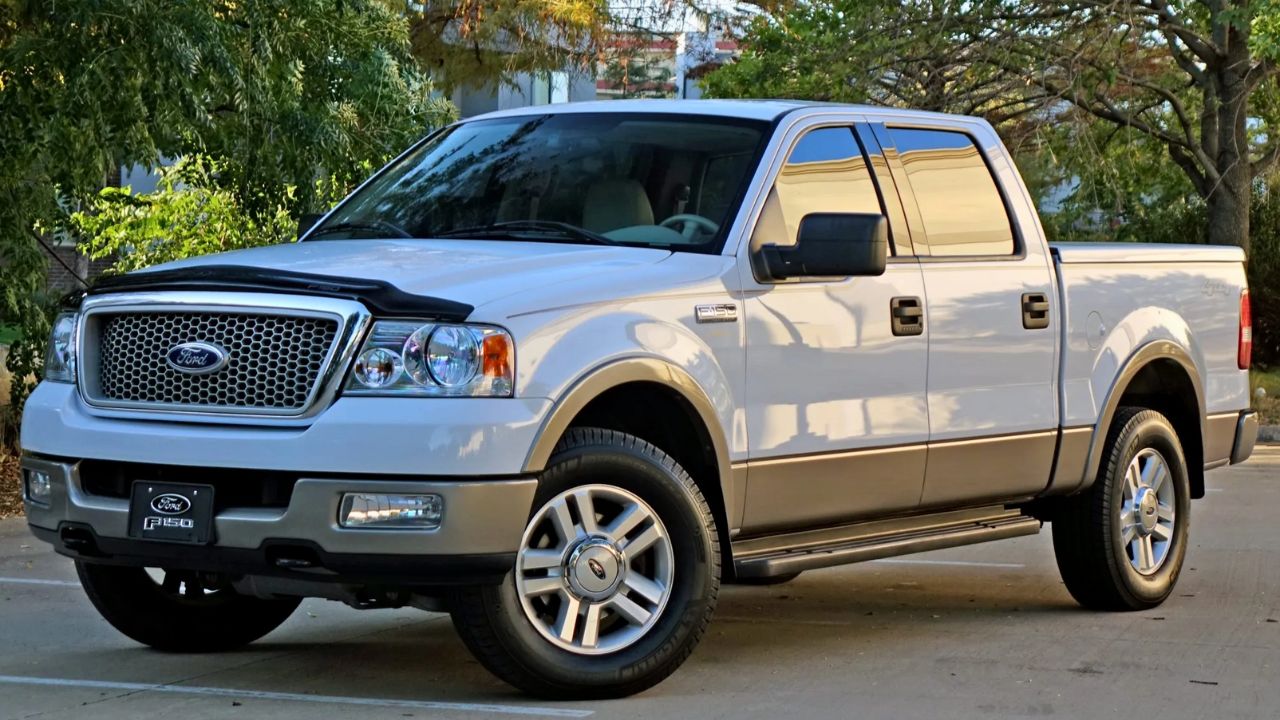
The 2004 F-150 came with the introduction of the Triton V8s and the first use of aluminum in the body panels for weight savings. Engine options ranged from a 4.2L V6 to the 5.4L Triton V8, with horsepower up to 300. It offered electronic stability control and updated suspension for improved ride.
Ford focused on balancing power and efficiency here, targeting both traditional truck users and the growing market of drivers who wanted comfort and capability. The ’04 helped keep the F-150 relevant in a changing landscape.
15. 2015 Ford F-150 Aluminum Body
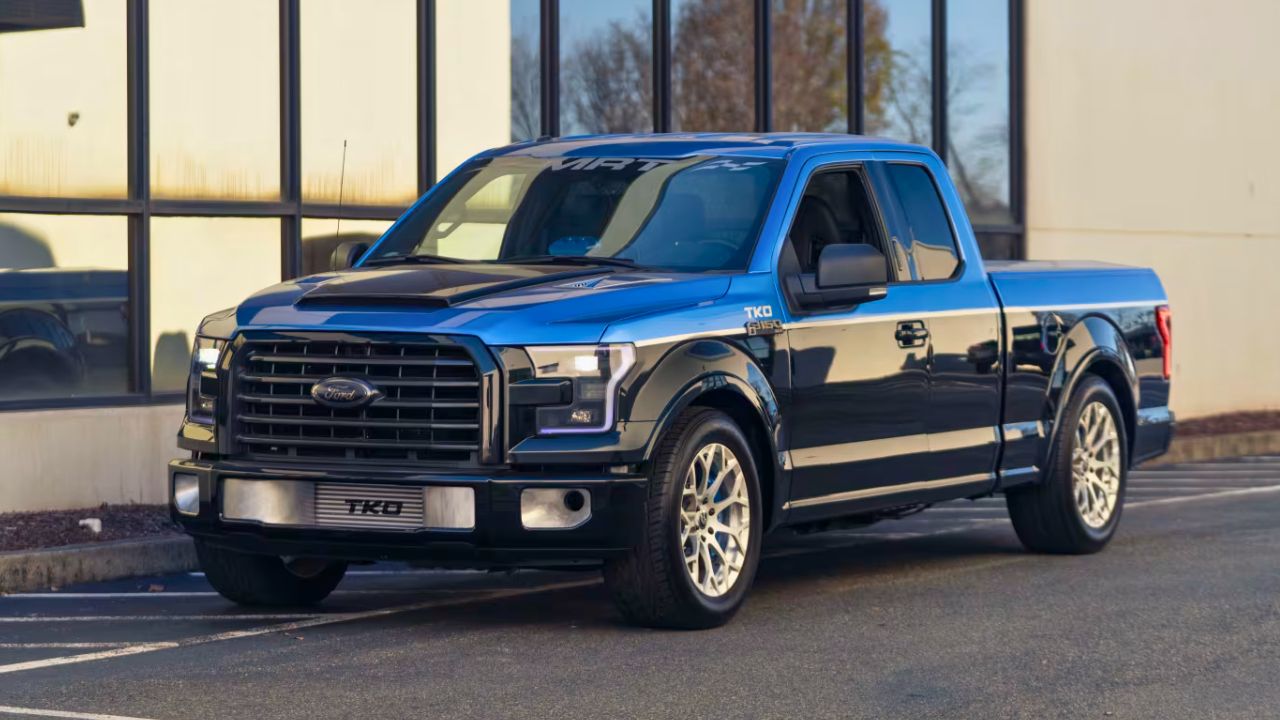
The 2015 F-150 took a bold step by switching to a high-strength aluminum alloy body, cutting about 700 pounds off previous models. It kept its rugged steel frame and offered EcoBoost turbocharged V6 engines that delivered over 365 horsepower with improved fuel economy.
This model set new standards for strength, efficiency, and technology. It was built to handle the same heavy work while being easier on gas and more comfortable to drive, showing how Ford trucks continue evolving with the times.
Like what you read? Here’s more by us:
*Created with AI assistance and editor review.


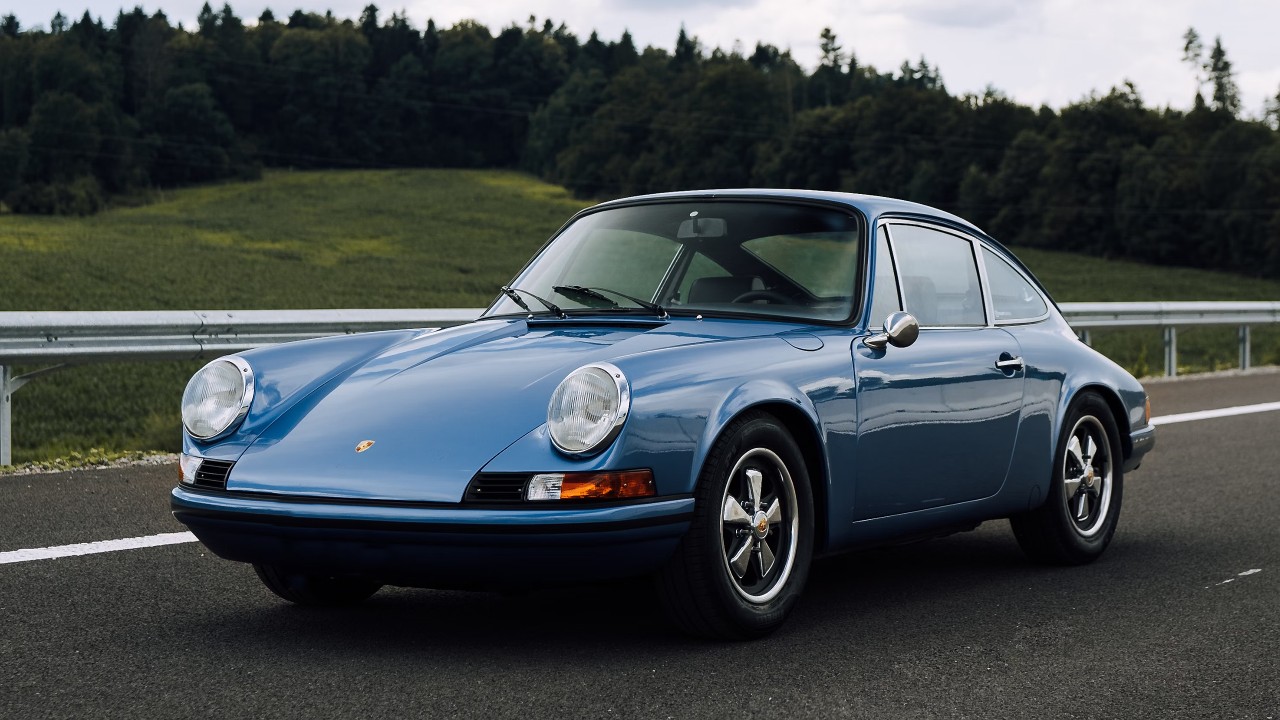
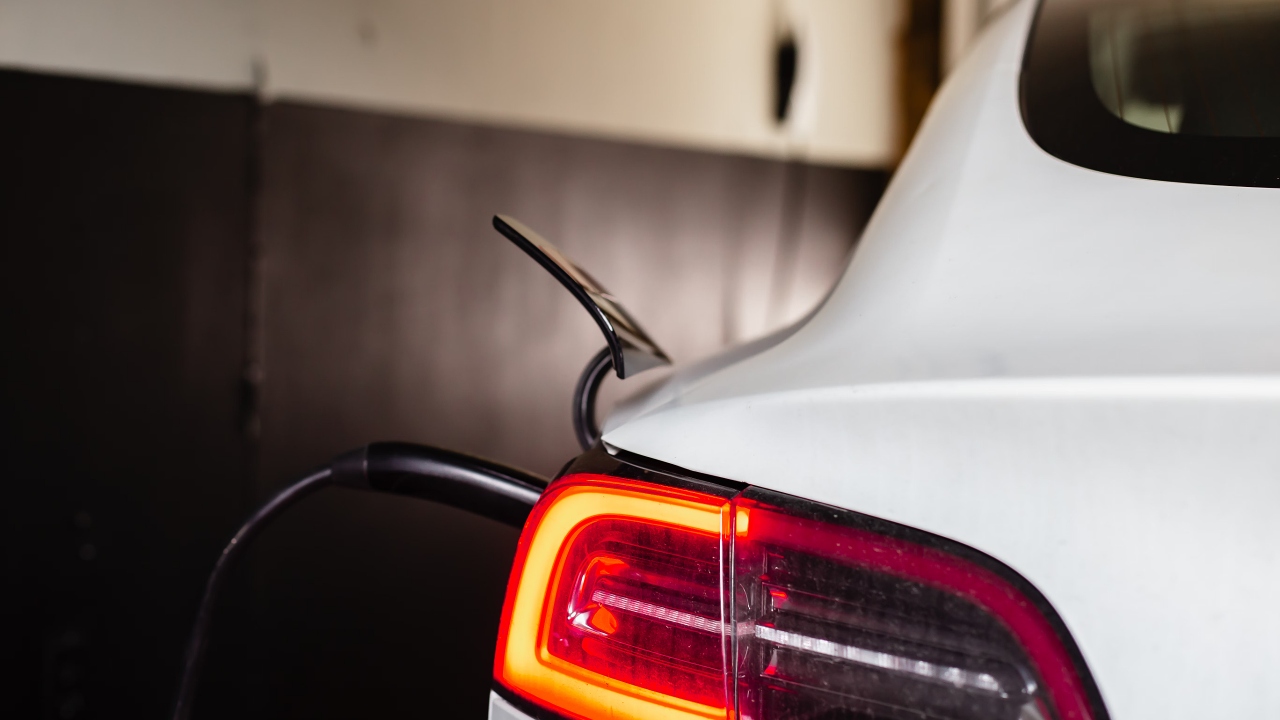


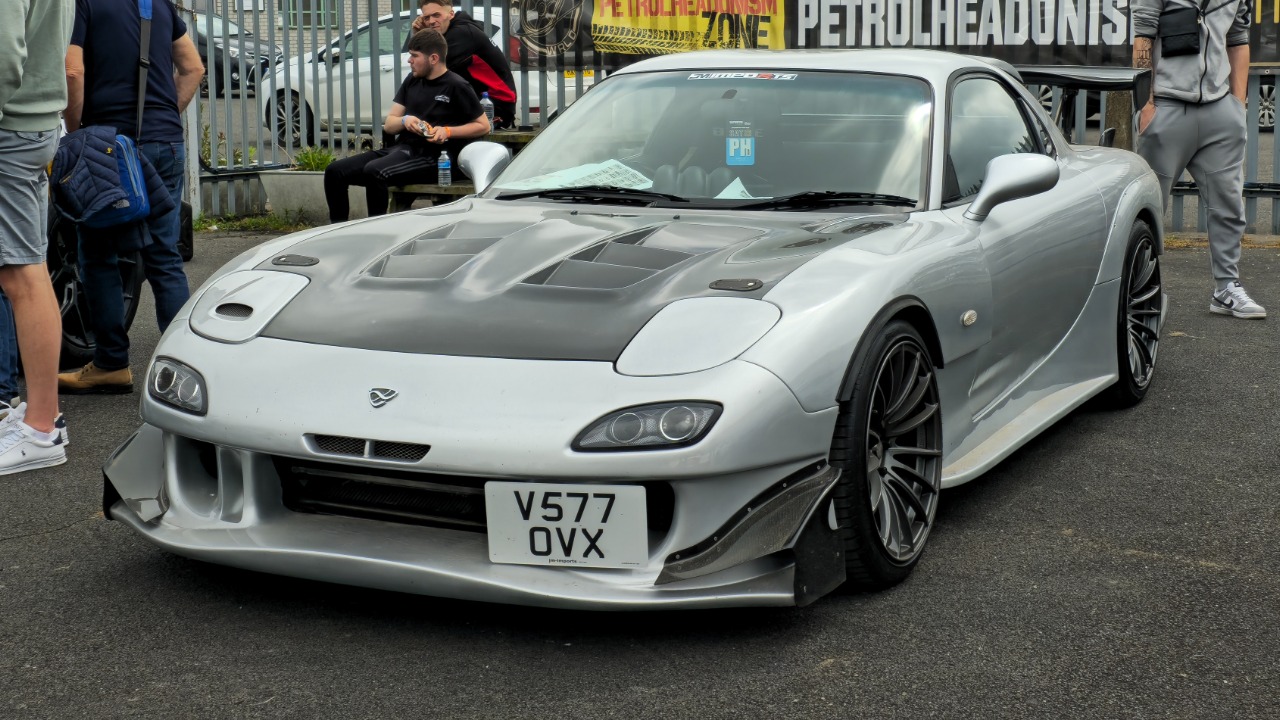
Leave a Reply